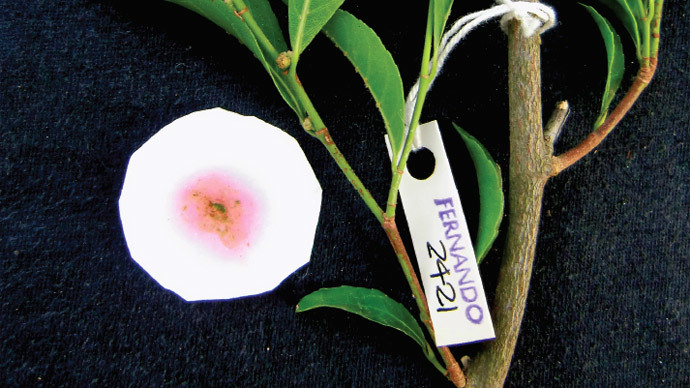New species of metal-munching plant found in Philippines

Scientists in the Philippines have discovered a plant that can absorb large amounts of metal without itself being poisoned, a species called the Rinorea niccolifera, that can be used to clean up polluted soils and harvest commercially viable metals.
The plant is one of only 450 species, known as hyperaccumulator plants, of 300,000 known vascular plants that can absorb significant amounts of metal though their roots.
The lead researcher and author of a new study on the plant, Professor Edwino Fernando, from the University of the Philippines, said the leaves of the Rinorea niccolifera can absorb up to 18,000 parts per million of nickel, 1,000 times more than can be safely absorbed by any other known plant.
Fernando along with Dr. Marilyn Quimado and their team laid out the details of their discovery in the open access journal PhytoKeys.
“The new species was discovered on the western part of Luzon Island in the Philippines, an area known for soils rich in heavy metals,” the researchers said in a press release announcing their discovery.
As well as being an exciting new scientific discovery, the plant also has important environmental credentials. Rinorea niccolifera can remove large amounts of dangerous metallic metals from polluted ecosystems, and subsequently it is likely to find supporters in the mining industry. Not only can the plants absorb large amounts of nickel, they can also then be harvested for the metal they have absorbed.
"Hyperaccumulator plants have great potentials for the development of green technologies, for example, 'phytoremediation' and 'phytomining',” Augustine Doronila, of the University of Melbourne, who co-authored the study, said.
‘Phytoremediation’ is a term used to describe how hyperaccumulator plants remove heavy metals from contaminated soils.
‘Phytomining’ refers to the process where hyperaccumulator plants are used to grow and harvest commercially viable metals in plant shoots from metal rich soils.












